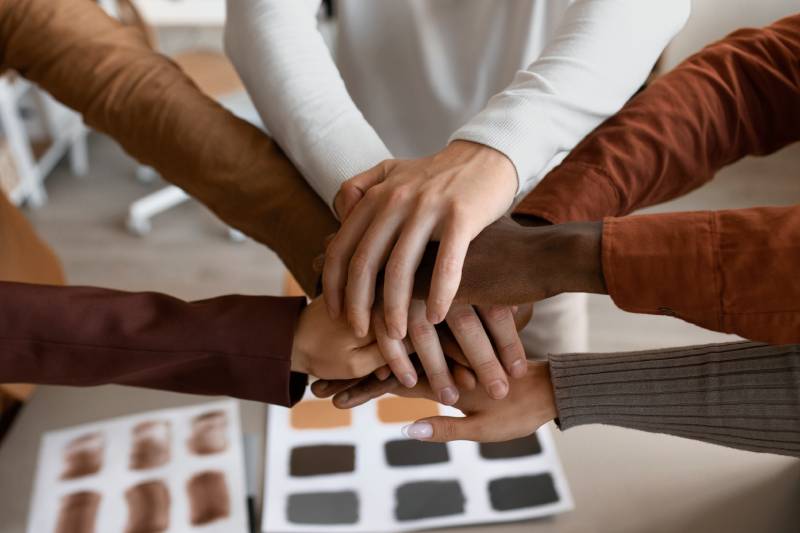Diversity, equity, and inclusion (DEI) processes have been around since the 1960s, when the Equality Pay Act was established in 1963. In 1964, former President Lyndon B. Johnson signed the Civil Rights Act of 1964 into law. In 1967, discrimination against older employees (age discrimination) became law. Yet, structural and systemic racism persist even in today’s “woke society.” In 2008, when former President Barack Obama was elected, many believed change was afoot and all would be well. However, that was not the case. Those who harbored feelings of hate and prejudice contributed to the chaos of animosity, dissonance, and violence. Then, in May of 2020, Mr. George Floyd was murdered. During this discord, COVID-19 became a part of our lives, whether at work, play, or anything else. The pandemic sheltered most of the country in place. Within this window of time, DEI endeavors were becoming relevant, not simply acronyms or generic words.
“The constructs of age, gender, and race are challenging. Belonging and inclusion are the first foundations of best practices and standards. Diversity and equity are essential to creating productive teams and getting the best out of life.”
Between 2019 and the present,, organizations hired more chief diversity officers (CDOs) than they had in previous decades. In three short years, those same organizations that rushed to hire CDOs are now shredding CDOs at a double-digit percentage (Alfonseca & Zahn, 2023). The decline in CDOs and real inclusion change were due to several factors, including an unstable economy, a lack of focus on DEI, and the race and sometimes gender of CDOs. These and other events have resulted in a decline in DEI practices. First, most of us have a short attention span. Secondly, conversations about race are particularly uncomfortable. And finally, DEI is tough. It is more than chief diversity officers. It is more than superficial activities. It is more than the C-Suite leaders. Unpacking DEI requires us to put the emphasis on the recently added belonging and create policies to ensure belonging is immediately connected to inclusion and diversity is connected to equity.
Thus, BI + DE ©. The constructs of age, gender, and race are challenging. Belonging and inclusion are the first foundations of best practices and standards. Diversity and equity are essential to creating productive teams and getting the best out of life. In this blog, I introduce BI and DE. If we understand and apply the concepts of BI and DE, we have the best chance at achieving better outcomes, better productivity, and better teams. BI and DE ask us to see each other rather than have generic interactions that leave us disengaged and distant. In our distracted lives, we rarely see each other. When someone asks us how we are, we respond with the classic “I am fine or “fine.” Often, the response is an off the cuff response with limited thought on the behalf of the speaker and the listener. To see each other, we need to actually engage with each other, not just a casual glance in a meeting or as we pass each other at the water cooler.
Everyone is busy. We are distracted. Time is fleeting. However, if we want a better and more harmonious world, we must belong (belong), we must be included (inclusion), we must be seen (diversity), and we must have the same opportunities as everyone else (equity). If you belong, you are included. Diversity makes equity possible.
Contact the Campus Consortium Foundation about BI + DE workshops that can show your teams how to apply BI + DE at work, at home, and at play. (info@campusconsortium.org).
Reference:
Alfonseca, K., & Zahn, M. (2023). How corporate America is slashing DEI workers amid backlash to diversity programs. https://abcnews.go.com/US/corporate-america-slashing-dei-workers- amid-backlash-diversity/story?id=100477952


